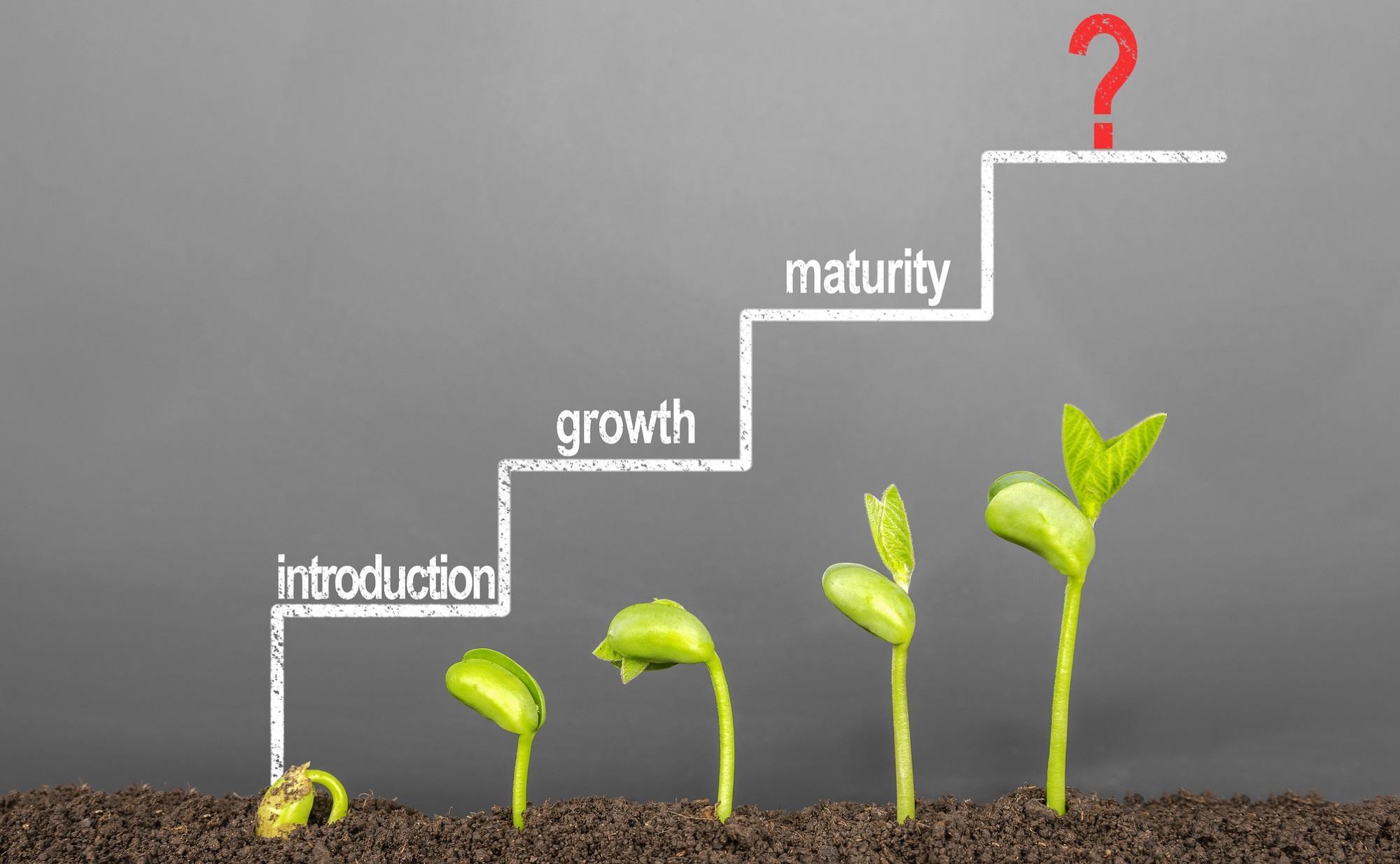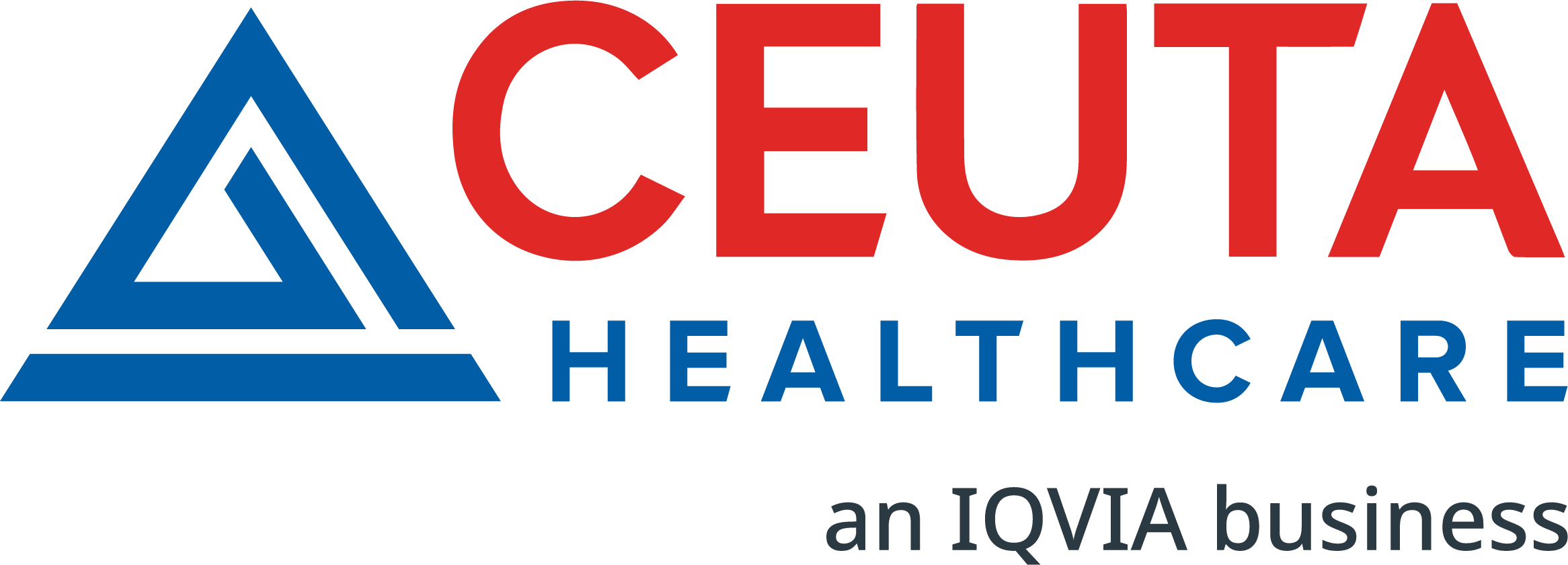What happens if the product life cycle is not monitored?

As soon as a product is developed and released to market, it’s likely that the primary focus will be on the impact it has on consumers and how successful it is in terms of sales. While these are factors that any marketing team would be keen to highlight, the life cycle of a product runs far deeper than whether or not it sees immediate performance.
In any industry, it’s crucial that product and brand management is covered in extensive detail. An important aspect of this is the product life cycle, and by understanding this process and monitoring every involved step, it could be possible to enhance the current performance of a product and extend its lifespan beyond the original timeframe.
What is the product life cycle?
A factor that applies to many products, the product life cycle is the process a product goes through from original release to its eventual decline or the point at which it’s removed from circulation.
It could be that a product is sustainable and lasts a prolonged period of time or, in some cases, it’s expected that a product will eventually reach the end of its life cycle. Although many variables will play a part in the life cycle of any product, reasons for a product life cycle ending could be a distinct drop in sales, other competitors surpassing the product in popularity, saturation in the market or simply a decrease in demand.

How to calculate product life cycle
Any product has a life cycle that is typically based on four primary stages. These are:
- Introduction
When a product has been developed and becomes ready for release into the market, it’s crucial that it is marketed and promoted in a relevant and effective manner. At this point, a company will often invest in a communications campaign which may consist of digital media, social media, TV, print and in-store promotions and activities.
- Growth
As sales increase and consumers begin to show an interest in the product, the company may begin to see competition from similar brands and private labels, leading to the need for a more aggressive approach. As such, the company could decide to increase the level of marketing around the product and consider tweaking the current approach until it’s as effective as possible.
- Maturity
Once a product reaches the maturity stage, sales will tend to decrease or even stop entirely, often meaning that the demand for the product has been fulfilled or that competitors have entered the space and are more effective, more engaging and provide better consumer value.
The company may consider dropping prices to increase sales or, once again, alter their marketing approach. They may even consider changing the product so it includes new features, improved technology or decide to produce a different version of the same product. In some cases, the company could put an emphasis on different demographics to appeal to a wider audience and gain customers that weren’t previously interested. At this point, less successful competitors are likely to drop out due to the level of competition for this type of product.
- Decline
Despite the company’s efforts to keep the product running, decline for some products is inevitable at some point in time. With less of a demand from consumers and a significant drop in sales, the only course of action for the company to take is to drop the price of the product and target the customer demographic that it appealed to the most.
The final stage of the life cycle is make or break for any product. Either the company finds new ways to breathe life into the product that makes it just as relevant, in-demand and popular as it was when it was first released in the introduction stage, or it is retired from the market, completing its life cycle.
How is product life cycle important?
In order for a product to be sustainable, capable of standing the test of time and continuously effective, a product life cycle must be assessed, reviewed and frequently monitored. By focusing this level of attention, crucial changes to the marketing of a product and the product itself can be implemented to further its success, relevance and impact on the target market.
A product cycle is something that a product will go through naturally. But by understanding the process of a product cycle, identifying how it could affect the specific product you’re bringing to market and regularly checking that you’re taking all of the appropriate steps to extend, prolong and potentially even enhance the lifespan of your product, it may be possible to achieve an advantage over competitors in the market.
What is product life cycle management?
For a company to benefit from understanding the life cycle of their product, the process must be managed. Life cycle management isn’t something that can be done through a computer programme or as a one-time audit; it’s an ongoing task that requires regular consideration and the use of a selection of factors.
To manage a product life cycle, a business must consider:
- Product development
- Manufacturing
- Competitors
- Financial Investment
- Profit and loss
- Promotional and marketing investment
- Previous product and marketing performance
- Consumer insights and data
- Customer feedback and reviews
Many businesses will include product life cycle management as part of their marketing activity, but while these companies see the importance of monitoring and frequently reviewing the current state of a product’s life cycle, others may disregard it as being something they can’t control. However, without proper management of a product life cycle, many businesses would have refused to alter their brand based on the demand and feedback of customers or adapt it to suit a natural change caused by trends, popularity, culture or the needs of the target audience.
For example, Netflix originally started as a DVD-renting service that delivered movies and TV shows straight to your door and was designed to compete with Blockbuster and LoveFilm. But, as they moved with the developing times of technology and switched to being an online streaming service, they became the most popular option for watching media content and producing original content globally. Likewise, pharmaceutical companies have needed to remain open to change as new medical supplies, technology and medicines are released to treat recently discovered illnesses and conditions.





